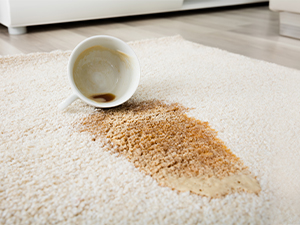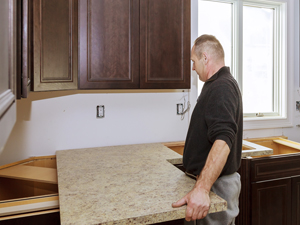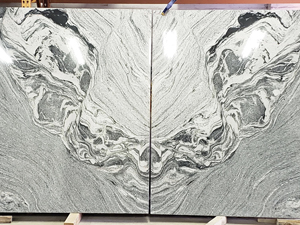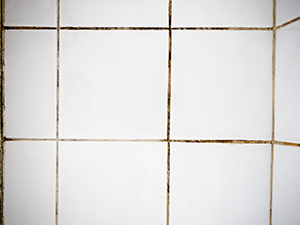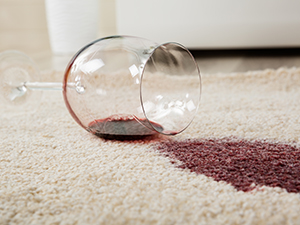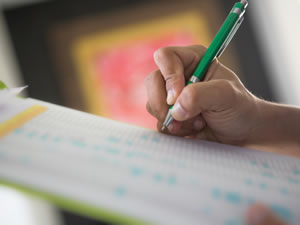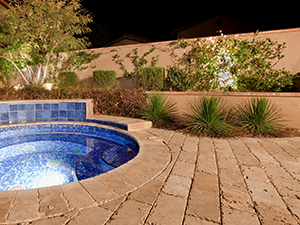If you own carpeting, you are probably familiar with the idea that spots should be removed right away before they turn into permanent stains. Sometimes spot removal, especially if you are removing several spots at once, gives carpeting an inconsistent appearance. Here are the details about what causes this problem and what you can do about it in the future.
Too Clean
With successful spot removal, the soiling substance is removed, leaving the treated area clean and fresh. The problem is that if the surrounding carpet looks dull and dingy, you’ve simply exchanged one kind of spot for another, a dirty spot for a clean spot. Obviously, a clean spot is not a stain. Nevertheless, due to the noticeable difference between the clean area and the rest of the carpet, it might as well be. The solution is to have your carpet professionally cleaned. Dust, dirt, and contaminants that stubbornly cling to carpet fibers can be extracted with professional carpet cleaning, leaving the entire carpet clean and fresh. Note that you will also need to increase the frequency of vacuuming, because it is not always easy to see how dirty carpet really is.
Spot Remover
When inappropriate DIY cleaning methods or improper cleaning solutions are used for spot removal, carpet fibers may become discolored or bleached, causing an inconsistent appearance. With discoloration, professional cleaning may resolve the problem. However, don’t delay in scheduling services, because the substances causing discoloration can set into the carpet fibers permanently. With bleaching, professional cleaning will not likely help. The reason for this is that bleaching removes color from the carpet, and there is no way that professional cleaning will put the color back.
Aggressive Methods
Scrubbing spots too aggressively or using abrasive cleaners, scouring pads, or stiff brushes for spot removal can result in damage to carpet fibers. When carpet fibers are bent, frayed, or missing in the treated area, but the carpet fibers in the surrounding area are still in tact, there can be noticeable variation in the appearance of the carpet. Professional carpet cleaning will not resolve this problem, but it may help disguise the problem by lifting and freshening the carpet fibers in the damaged area.
Protective Treatments
If spot removal is frequently necessary, and your carpet is more than two or three years old, you may also consider having us apply a protective treatment. New carpets are usually treated with stain and soil resistors, but these wear off with time and use. Consider having a us re-apply the treatment after professional cleaning, because it can help make spots easier to remove and less likely to turn into stains.
Feel free to contact us if you have any questions about spot removal or to schedule services after a spot removal mishap.
This article is one of a series of articles written and published on behalf of Surface Care PROS Partners.

